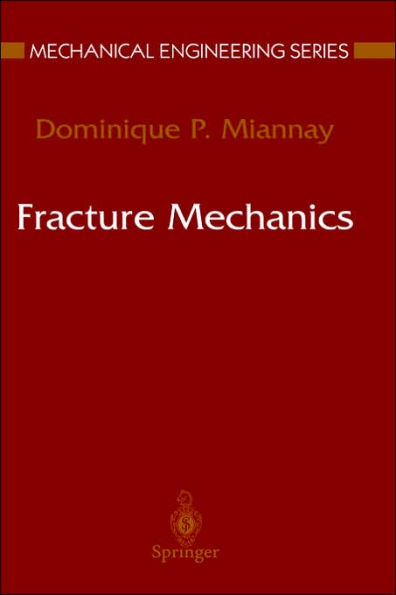5
1
9780387982427


Fracture Mechanics / Edition 1 available in Hardcover

Fracture Mechanics / Edition 1
- ISBN-10:
- 0387982426
- ISBN-13:
- 9780387982427
- Pub. Date:
- 12/19/1997
- Publisher:
- Springer New York
- ISBN-10:
- 0387982426
- ISBN-13:
- 9780387982427
- Pub. Date:
- 12/19/1997
- Publisher:
- Springer New York
109.99
In Stock

Product Details
| ISBN-13: | 9780387982427 |
|---|---|
| Publisher: | Springer New York |
| Publication date: | 12/19/1997 |
| Series: | Mechanical Engineering Series |
| Edition description: | 1998 |
| Pages: | 338 |
| Product dimensions: | 6.10(w) x 9.25(h) x 0.36(d) |
From the B&N Reads Blog
